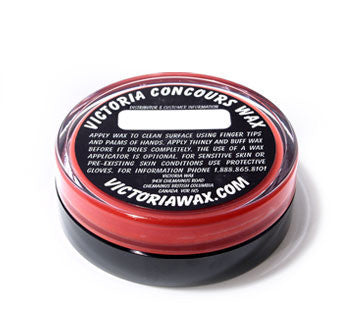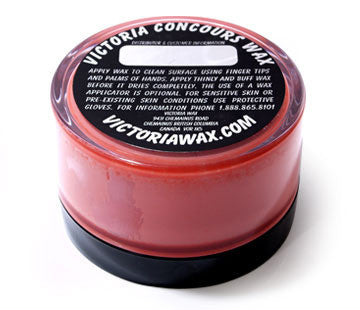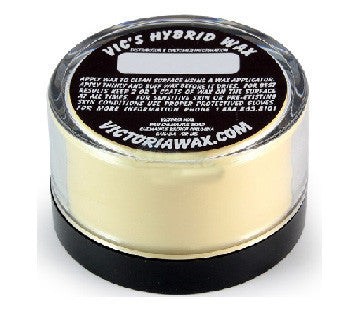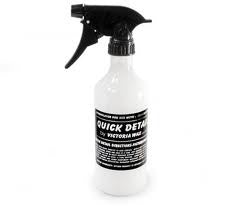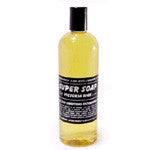Victoria Wax
Sort by

Victoria Wax started out as a hobby, wanting to experiment with the natural raw materials of waxes and cleansers used in the 1920's and 30's. That was a time of some of the greatest automobile embellishments of coach building ever seen in the twentieth century, rightfully received as a status symbol similar to that of exotic cars enjoy today. Rolling art, not practicable by today's standards, but never the less gorgeous to the eye.
In our research at the Public Library and by special order, we obtained many of the out of print formulary workbooks on industrial and commercial waxes of every recorded type. We recreated those formulas that incorporated all the hardy natural waxes and other specialty ingredients used in that time period. A time when there was no silicones or polymers to confuse the issues. While collecting the raw materials to produce each of the formulas, we had to make immediate substitutions of some of the original carrier solvents and a few other nasty surfactants which could not be trusted for consistency in the formulas or its human and environment compliant issues. We looked to the cosmetic and textile industry for answers and substitutions. We found with the substitutions we could use less of a gentler solvent carrier, which allowed us to increase the wax content and provided a sharper and deeper illusion of clarity to all types of paintwork and especially the newer high-tech clear coats. The raw materials came from Germany, Brazil and United States. From there we worked on the materials to increase the melting point, enhance ultraviolet protection and dwindled the static build-up, all done without sacrificing any of the great characteristics of the final appearance.
With the higher wax content used and the final look preserved, an easier application and buffing technique was needed. That dilemma was solved by applying the wax with the bare hands, using the warmth of the hands to spread and massage in a very thin coating of wax. Applying to small sections and massaging in the wax started the bonding process quicker with an instant layer of protection, the bare hands acted as the first catalysis of bonding to the surface. And eventually to a full curing by exposure to the air. A special note, the wax spread easier, smoother and farther than we had ever expected, compared to all others, meaning so very little of the wax is needed. No fillers or abrasives are used in the formulas allowing for just one small container to give many years of waxing pleasure and true immediate gratification to any car enthusiast.




